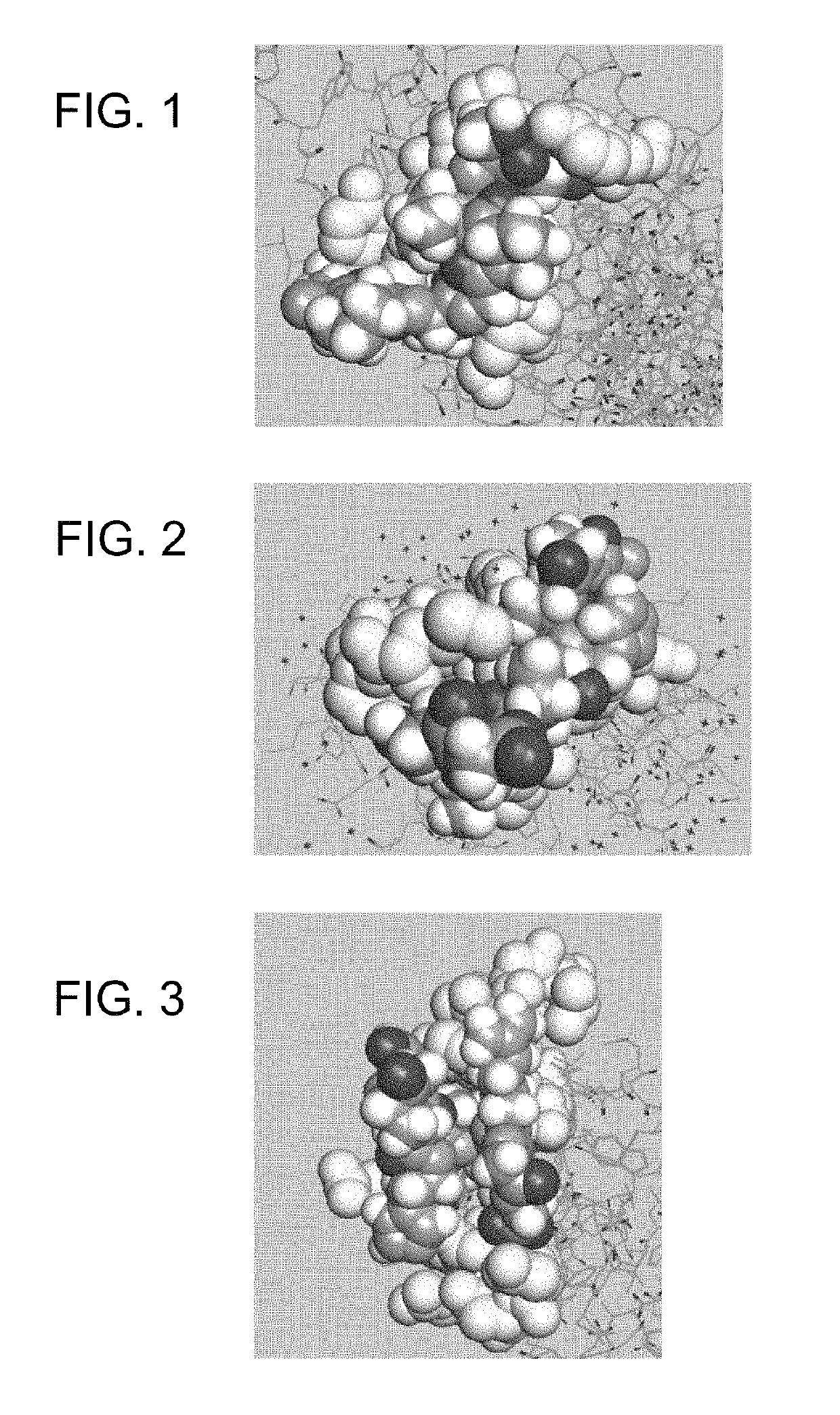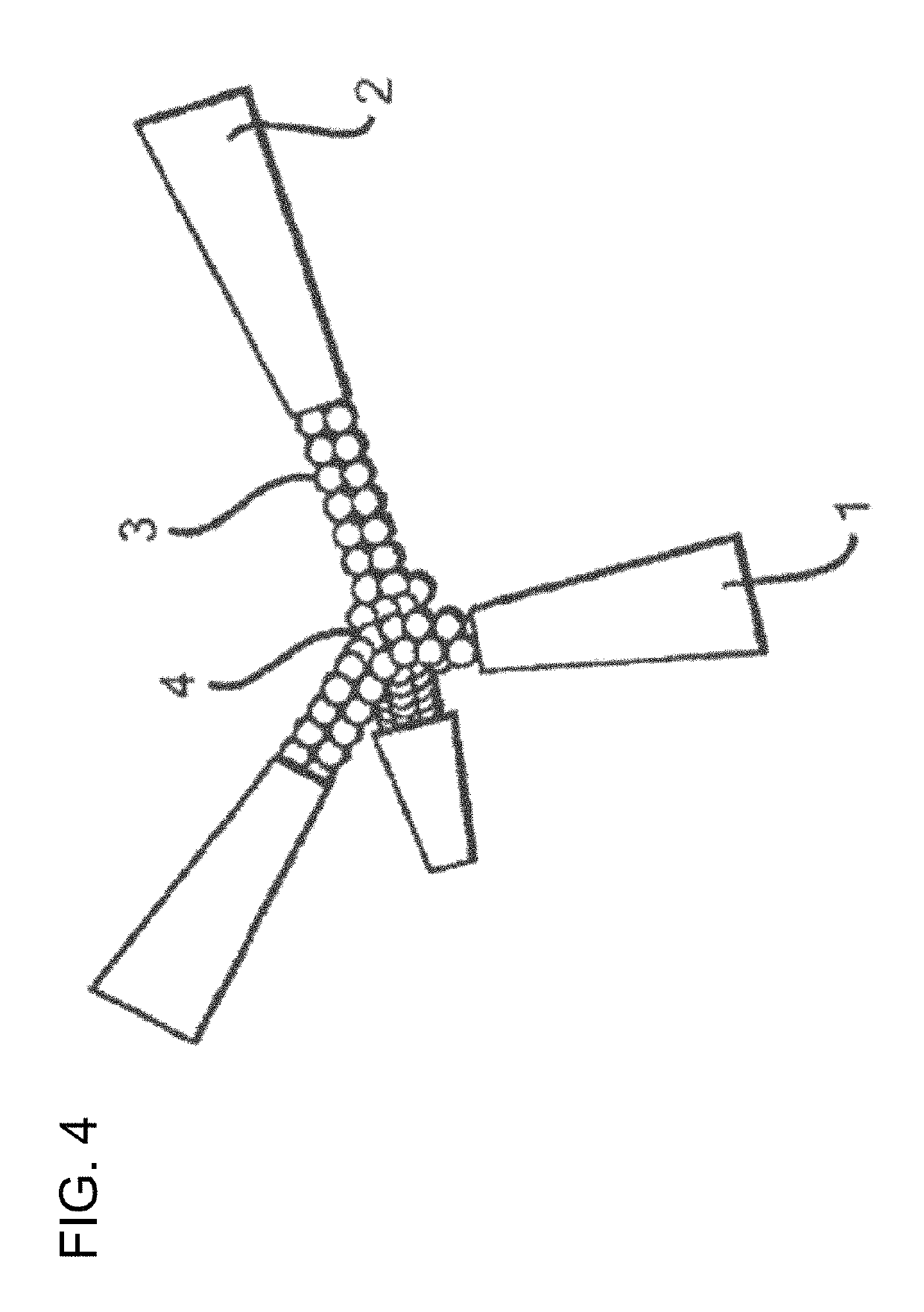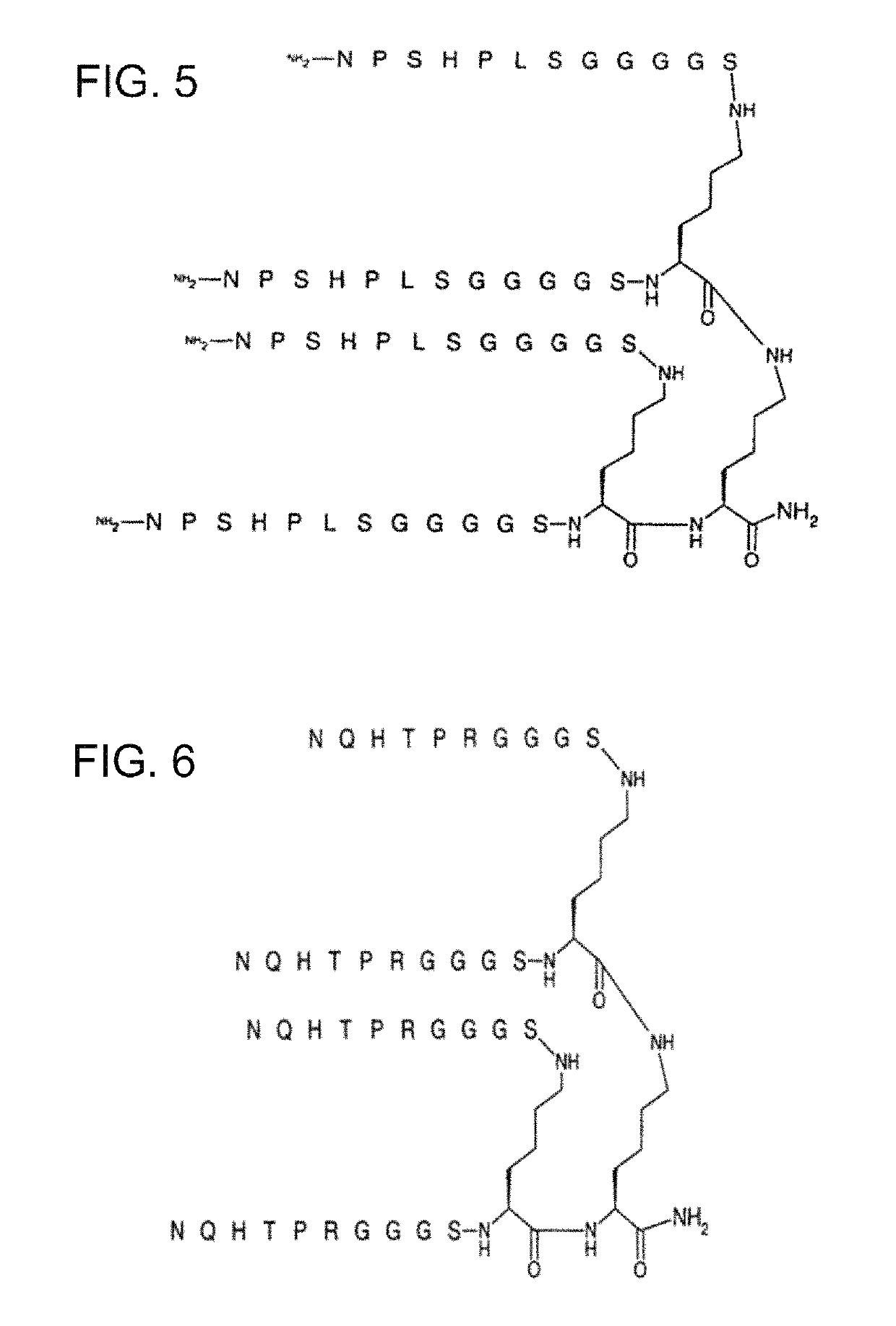Compositions and methods for treating cancer and persistent viral infections
a technology of persistent viral infections and compositions, applied in the field of therapeutic peptides, can solve the problems of virus infection that cannot be completely cleared from an infected individual by current treatments, the cytolytic components of the immune system fail to destroy infected cells, and the virus cannot be effectively treated. , to achieve the effect of enhancing passive immunoprotection, and enhancing antibody-mediated cellular cytotoxicity
- Summary
- Abstract
- Description
- Claims
- Application Information
AI Technical Summary
Benefits of technology
Problems solved by technology
Method used
Image
Examples
Embodiment Construction
[0101]The present invention is directed to compositions and methods for activation and proliferation of macrophages, B cells, DCs, NK cells, T cells and / or CD8+ cytotoxic T lymphocytes. The compositions and methods involve the use of peptidic mimetics of glycan ligands of receptors that can overcome immunosuppression, produce antiviral activity, and / or anticancer activity.
Overcoming Immune System Suppression
[0102]Inhibitory mechanisms naturally maintain a balance within the immune system to prevent progression of an over-stimulated, deleterious immune response. Major components in these inhibitory mechanisms are cell-surface, lectin-type receptors of the siglec (sialic acid-binding immunoglobulin-like lectins) family [13,14]. The cytoplasmic domains of most siglecs contain ITIMs (immunoreceptor tyrosine-based inhibitory motifs) that when phosphorylated recruit tyrosine phosphatases such as SHP-1. Siglecs are abundant cell-surface proteins and bind to sialic acid residues on glycopro...
PUM
 Login to View More
Login to View More Abstract
Description
Claims
Application Information
 Login to View More
Login to View More - R&D
- Intellectual Property
- Life Sciences
- Materials
- Tech Scout
- Unparalleled Data Quality
- Higher Quality Content
- 60% Fewer Hallucinations
Browse by: Latest US Patents, China's latest patents, Technical Efficacy Thesaurus, Application Domain, Technology Topic, Popular Technical Reports.
© 2025 PatSnap. All rights reserved.Legal|Privacy policy|Modern Slavery Act Transparency Statement|Sitemap|About US| Contact US: help@patsnap.com



